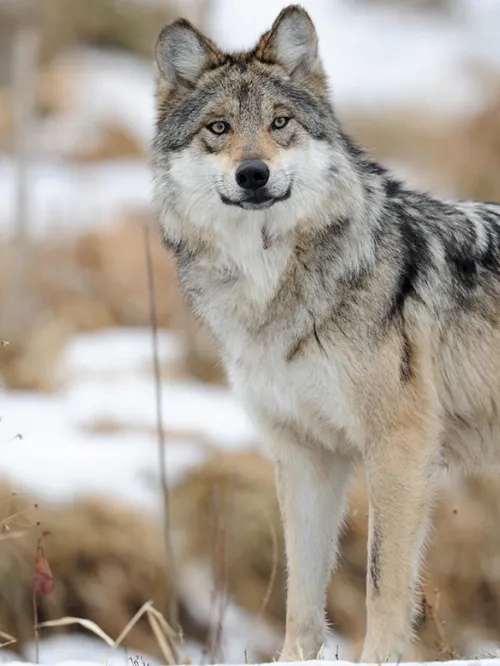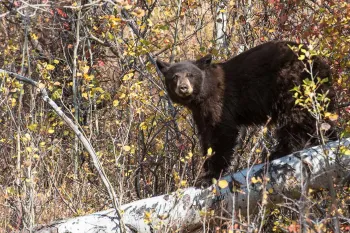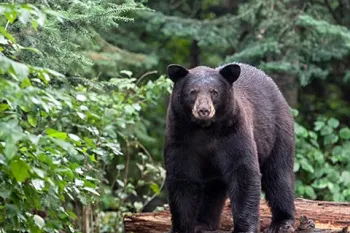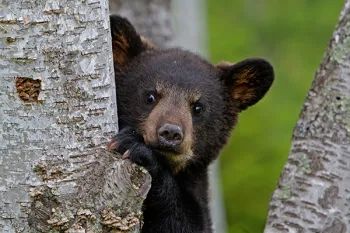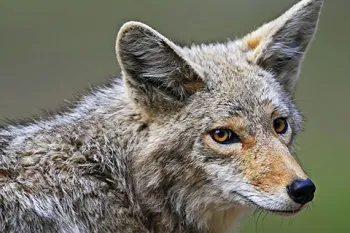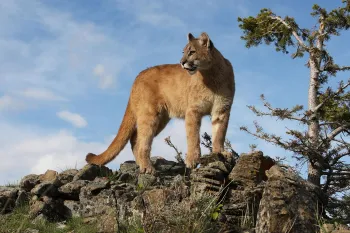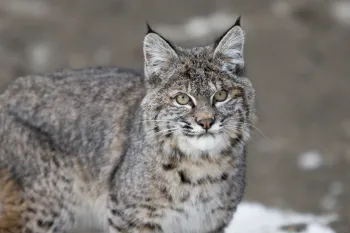The conservation story often heard in the U.S. is that trophy hunters are leaders of wildlife conservation because they're a major funding source for conservation programs—but is this story true?
To assess how much trophy hunting actually contributes to overall wildlife conservation funding, we did a deep dive into public data on conservation funding. The following report found that 94% of wildlife conservation funding is unrelated to hunting of any type and that trophy hunting of native carnivores is likely to contribute just 0.13% of funding. Moreover, the high cost of regulating hunting means that it's unlikely that there's a net funding contribution from trophy hunters to wildlife conservation.
In short, rather than being a source of conservation funding, trophy hunters are the beneficiaries of wildlife conservation that is funded by others.
Native carnivores—including bobcats, coyotes, foxes and mountain lions—are often killed in barbaric wildlife killing contests. During these events, which take place regularly in almost all of the 40 U.S. states that have not yet banned them, participants compete to kill wild animals within a specified time period for cash and prizes. Hundreds of animals may be killed at a single event. Humane World for Animals (formerly called the Humane Society of the United States) has produced a toolkit to help you end wildlife killing contests in your state.
Recent data should transform how we think about living with native carnivores such as mountain lions, grizzly bears and wolves. In the U.S., data shows that native carnivores kill fewer than 1% of cattle and sheep—despite the constant rhetoric from those in agribusiness, including the government itself. Data from the U.S. Department of Agriculture shows that farmers and ranchers lose nine times more cattle and sheep to health, weather, birthing and theft problems than to all predators combined. Those few losses can be mitigated with humane, cost-effective and nonlethal methods that work—yet only a fraction of cattle and sheep growers in the U.S. use them to protect their herds.
